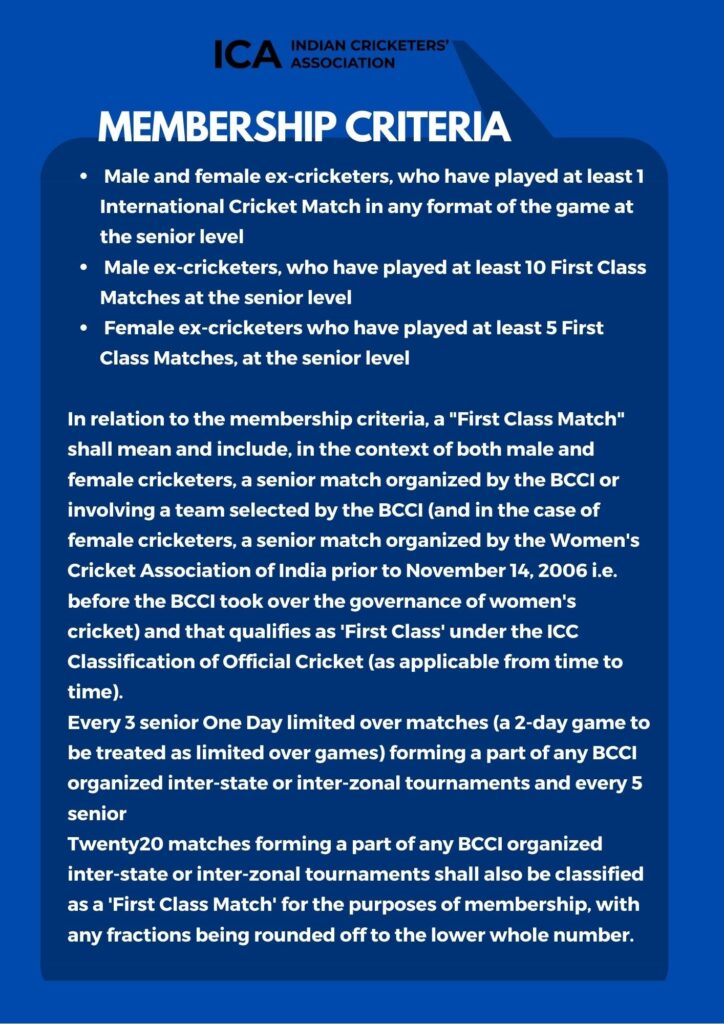School cricket’s impact solution of Sachin Tendulkar could be ideally suited for the IPL

By: Yajurvindra Singh
Email: sunnybilkha@hotmail.com
The Indian Premier League is making a profound impact on the lives of millions of viewers and cricket fans around the world. Several matches have had nail-bite finishes, making it even more exciting to follow. The fantasy game sites have taken the viewership market by storm, with several millions of people aspiring to strike a win. After all, cricket has always been a sport where most individuals feel they are experts.
The “Impact” player substitution rule has truly made a sizeable impact. An extra batter or bowler as an option is like playing with 12 players in a side.
It takes one back to a very astute and thought-provoking statement made by Sachin Tendulkar many years ago. He said it to promote school cricket and that was that a team should have the option of utilising the entire squad of players whether for bowling or batting. This way more players will get an opportunity to play, rather than sitting on the bench as reserves. Naturally, the 11 players’ stipulation remains.
The IPL, one feels, is heading in this direction as well. Franchise owners have paid a good auction amount for several of the International and domestic players. Many of them are languishing in the sidelines hoping to get a game. If teams could have the option of substituting players, like they do in football and other sports, T20 cricket would be a different ball game.
The essence of limited-overs cricket that seems to attract present day cricket fans is to see sixes and fours. The batters are having a joyous time on most occasions, hitting the helpless bowlers to every corner of the field. The field restrictions and meaty bats have made run-making far easier for the batter.
Kevin Pietersen the cricket star commentator, after watching batsmen massacre a volley of sixes in a tall-scoring IPL match said that a change is very much required to stop such carnage. He said maybe the thickness of the bat needs to be regulated or else T20 cricket will just be a slugging affair.
The tiny hard rounded 5-and-a-half-ounce ball having dimensions that have not changed for over a century, is no longer a potent weapon that a fast bowler used earlier to make batsmen scared. The protective gear has made one facing the devilish projectile ineffective and batters are not afraid to play shots that earlier may have had serious physical consequences. One does enjoy the innovative cricketing shots that are being played and the practice that a player may have done to perfect it. However, one feels sorry for the bowler, who is restricted in directing the ball both in width and height. The strict leg-side wide delivery rule is another area of cricket that needs a change. A bowler should be given some leverage on the leg side before it is called a wide.
So also for the legside LBW rule. A ball pitched outside the leg stump hitting the batter in line with the stump to hit the wicket is a not-out at present. This rule was because one felt the ball landing there was at a blind spot for the concerned batsman. The new open-chested stance and movement that batters have embraced in recent times has made the earlier theory redundant. This law requires to be shelved for good and the similar LBW law for the off-side deliveries should be brought in for the onside as well.
The area that has been seriously lacking in consistency in the IPL is in the field of catching. The amount of catches being floored by fielders, especially, in the IPL24 is rather astonishing. Each of the franchise sides has a fielding coach and a team of support staff assisting them. However, fielding per se has improved tremendously, especially because the players are much fitter and agile. However, in the air every catch, if held, is looked upon as accomplishing a superlative feat. There is a definite downward trend where catching is concerned in most of the IPL sides. Maybe the emphasis and importance is more towards batting, bowling and basic fielding drills rather than outfield catching.
Teams and fielding coaches need to understand that the only solution to good and consistent catching is through taking as many catches as one can in the practice sessions. The evening matches can be quite difficult for fielders. The atmosphere, the dark sky and more importantly, the continuous movement of the colourful crowd can be extremely disturbing for a fielder to sight the ball. To be able to catch with such disturbance, one needs the fingers and palms to be soft to absorb the ball and fast enough for the fingers to clasp it. Unfortunately, if one has not practised sufficiently then every catch becomes an ordeal and is difficult to pocket.
Players today, due to the risk of injuries, tend to practice taking catches by wearing protective mittens. This will never give one the feel as well as send the brain the right signal that is required to catch a hard cricket ball. Another method to mollycoddle the present-day cricketer is to take tennis ball catches. One cannot understand how such practices can benefit players.
Catches do win matches and maybe there will be a definite place for good fielders in the future if the Tendulkar vision for school boys is implemented into the regulations that bind IPL cricket at present.
We can then witness all the good batters, bowlers and fielders.
The BCCI Governing body should look into it very seriously.
(Yajurvindra Singh is a former India cricketer. The views expressed are personal)

